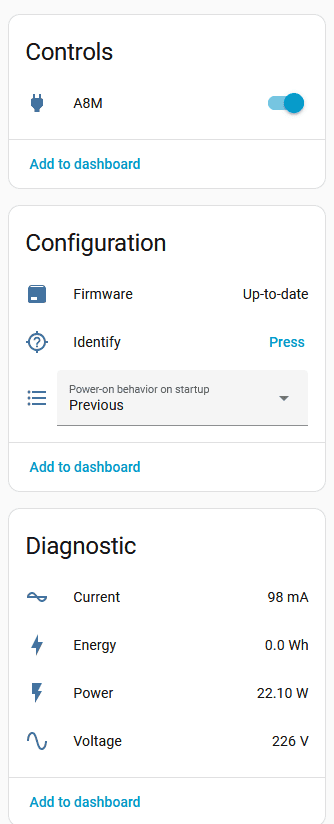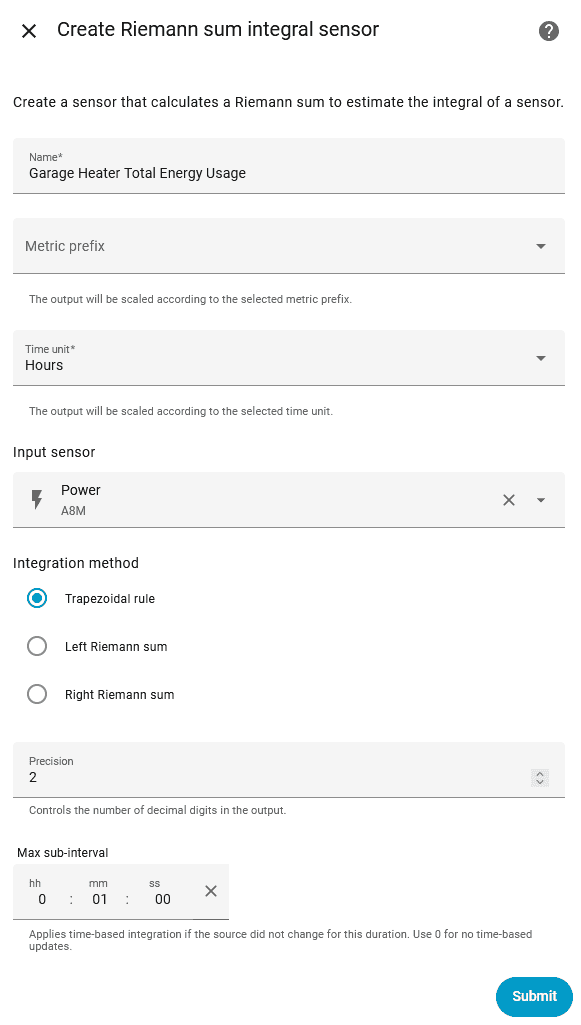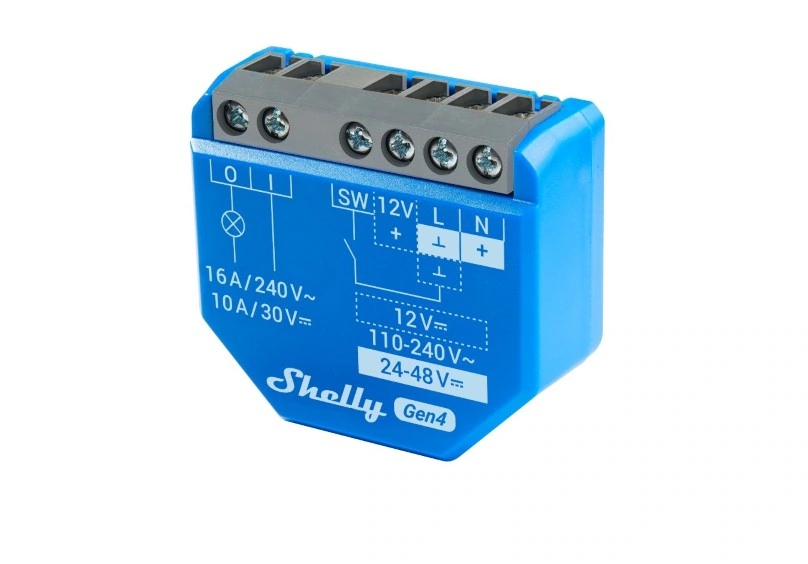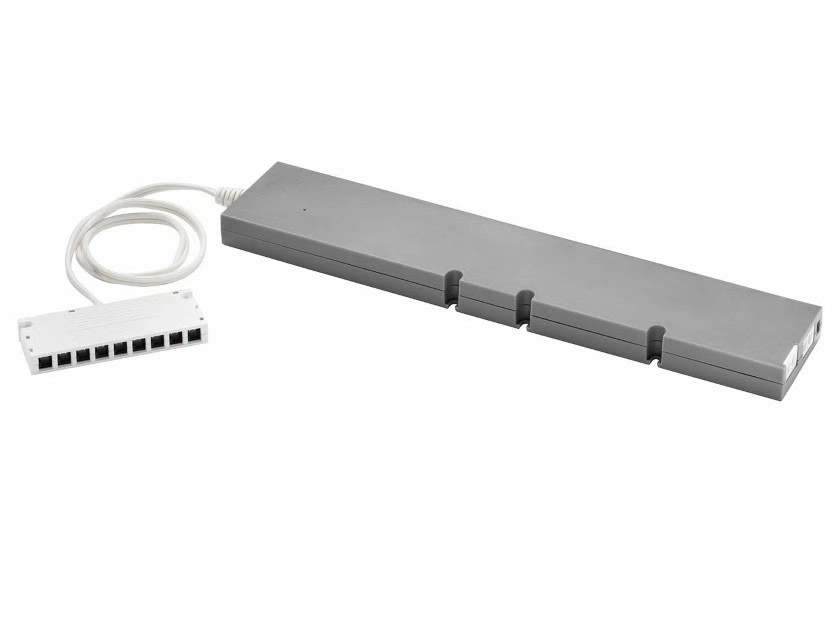Nous A8M is a smart socket using matter over WiFi for communication, I got a good deal on 4 of these, and thought it deserves a review.
A few weeks ago, I was in the marked for some smart sockets. I have some TP-link Kasa that works really well, but those aren’t made any more, and I can see the replacements are not nearly as simple to connect to Home Assistant. I looked at Zigbee versions since it made the whole integration a lot easier, but they are quite pricey.
One of the requirements I have for a smart socket is energy monitoring. Not because I always need it for the first use case, but sometimes you end up using the smart socket for another purpose, where it would have been nice to have energy monitoring. I recently bought a Wiz smart socket with energy monitoring, but it turned out to be some kind of internal weird energy monitoring, that I can’t use in Home Assistant, so that’s a no go.
In my search I stumbled on a good deal for 4 Nous A8M using Matter over WiFi. My entire house and garage have good WiFi coverage, so that should not be a problem. This would be my first Matter products in Home Assistant, which exited me a little, so I went ahead and bought the package of 4.
When they arrived and I saw the package, I immediately thought it only contained 1 smart socket, but these are tight packaged, and it does contain 4 colorful Nous A8M smart sockets.
These are rated for 16A each, working temperature are 0-40 degrees C, and they will only connect to WiFi 4 on 2,4 GHz. I had no problem joining them to my network using a phone that was on 5 GHz, since the setup is done using Bluetooth, and my WiFi have the same name and password on both 2,4 GHz and 5 GHz.
There is a physical button on the smart socket where you can turn on/off the power output.
I went ahead and installed the Matter integration in Home Assistant. Following the official guidelines, that was super easy, so no reason to repeat the steps here.
I used the Home Assistant app on my android phone to add a new matter device, scanned the QR code, and boom, 10 seconds later the device was joined to my WiFi and added to Home Assistant. What a joy compared to many of the WiFi integration that rely on manufacturers cloud service, and some login credentials that you forgot the moment you got your device into Home Assistant.
These devices are Tuya based, but you will never notice that when you use them like this.
This is what’s exposed to Home Assistant. The control react instant, but the meters are slower, and only updates on changes, just like Zigbee devices. When I turn on a lamp using it can take up to 30 seconds for the power to be updated from 0 to the correct value. Its fine for most cases, but sometimes you could use this data to determine whether a device is on or off, and then you might want something faster, or take the delay into consideration.
You have the ability to update firmware via Home Assistant, and you can choose the power-on behavior on startup. The identify button will make the physical button on the smart socket blink, which can be very handy if you have lots of these.

The Energy sensor does not seem to work. At first I thought it was because the measurements where done in kWh instead of Wh, but now I have used several kWh, and it’s still displaying 0. If total energy usage is imported to you, you can make a helper in Home Assistant that will calculate the total consumption from the current power draw. You can see how I made mine here, but I changed to kWh after it was created. This will be shown as a sensor directly under the device, so you don’t have to look elsewhere for the data when you need it.
The other sensors showing current, power, and voltage provides correct data.

Conclusion:
The Nous A8M is a Matter based smart socket based on the same Tuya template as many other smart sockets. I hope Nous will firmware update the smart sockets to fix the total energy sensor problem, but other than that, I can’t find any complaints about this product. I have only used it for a few weeks, but so far it seems stable, and it was a very good experience to setup the smart socket using Home Assistant own Matter integration.


